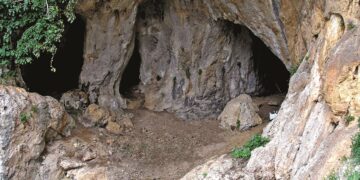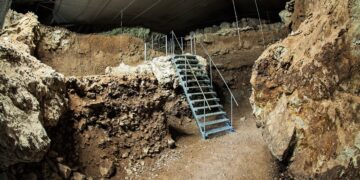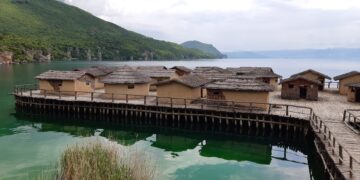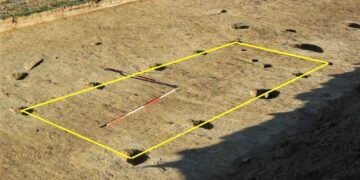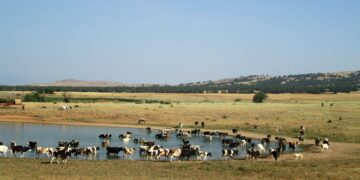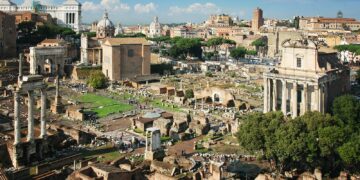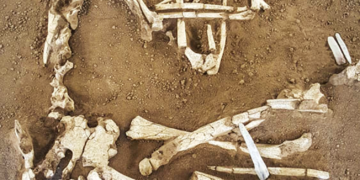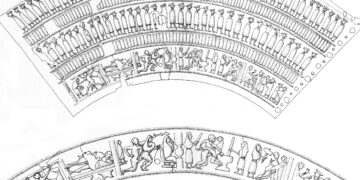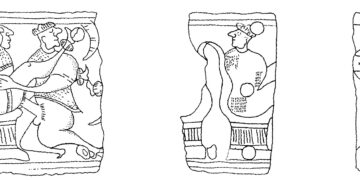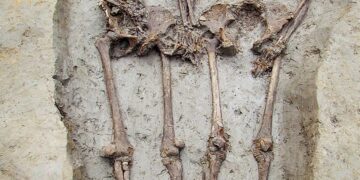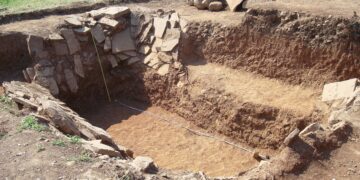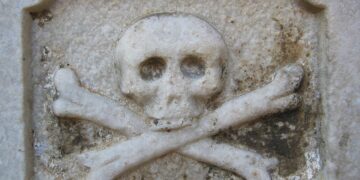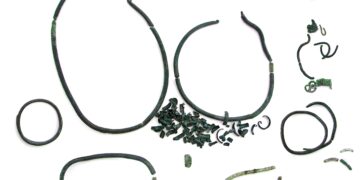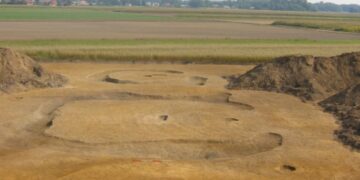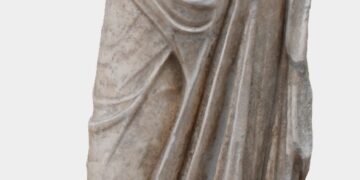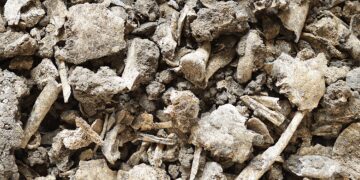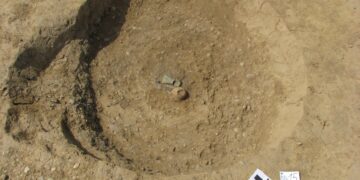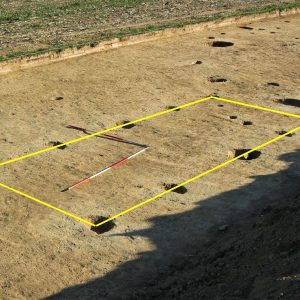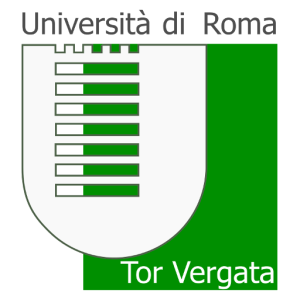So close but also so far was life in a prehistoric village. Reconstructions presented an almost familiar architecture and the village was roamed by animals looking so average. But it was the people positioned on a stage telling a story being so different from the life we know today. Cultivating the fields, making pots and casting bronze tools and weapons were humans looking so familiar, but still, these images indicated a profoundly different social organization and gender roles.
Only rarely, were complete prehistoric settlements excavated and their size, structure and function of individual parts are mostly only assumed. The Bronze Age village of Sodolek was discovered in Ščavnica valley in eastern Slovenia. A small rural settlement consisting only of a dozen houses erected around a central empty space was only short-lived. Still, it enabled us to reconstruct much more than the size of houses – it demonstrated the elaborate rituals these people were engaged in when erecting a settlement. A hoard of typical forms of pottery was dedicated and buried on the edge of settlement when the erection started, just as if the people tried to tell a story about who they were when they moved their settlement of the edge of the marshland. Moreover, when they abandoned it, they cleaned the interior of the houses, leaving no mess behind – just in the central house; they deposited on the top of a pit several weight-looms and covered them with a large bowl. A symbolic way of telling it, echoing across the centuries, that their home is now abandoned and the webbing of life has stopped.

